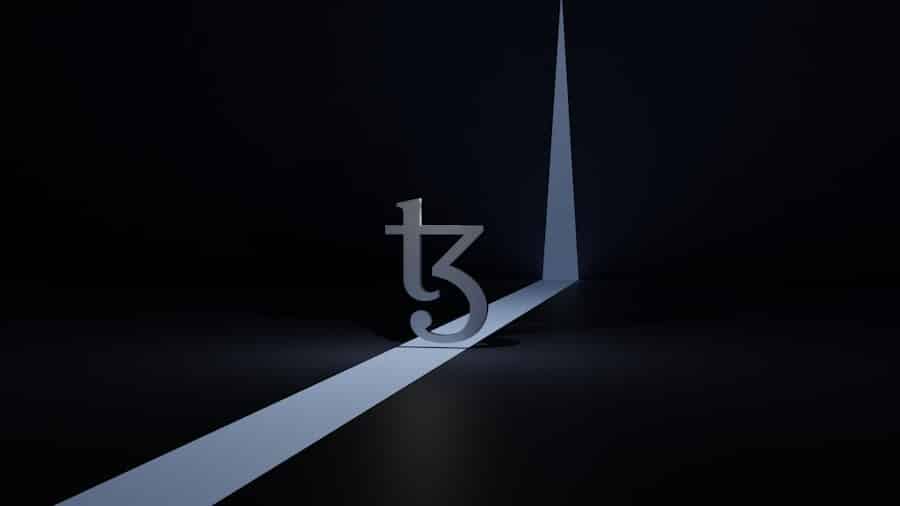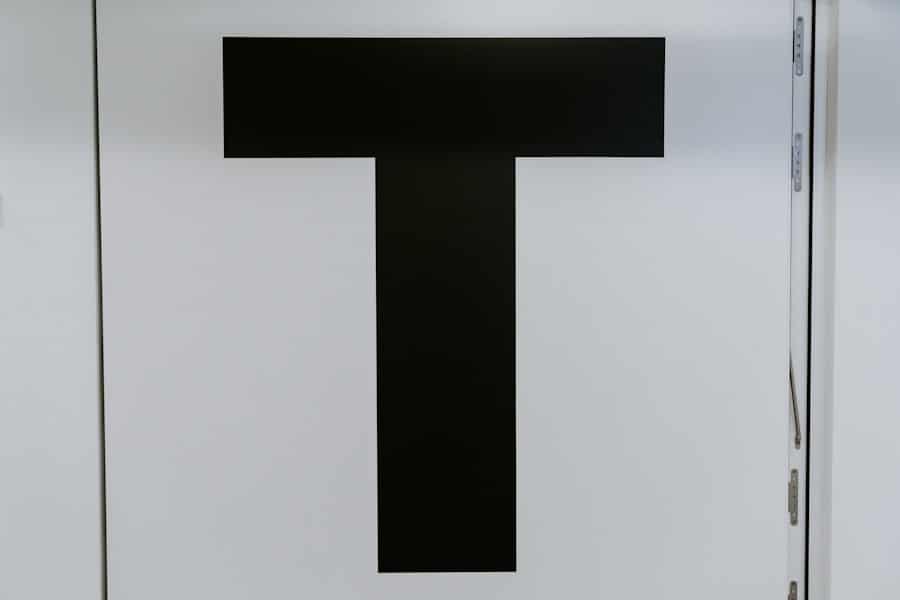Tokenization refers to the process of converting rights to an asset into a digital token that can be managed on a blockchain. This transformation allows for the representation of both tangible and intangible assets in a digital format, enabling fractional ownership and easier transferability. In essence, tokenization breaks down assets into smaller, more manageable units, which can be bought, sold, or traded on various platforms.
This concept has gained traction in recent years, particularly with the rise of blockchain technology, which provides a secure and transparent framework for managing these digital tokens. The assets that can be tokenized are diverse, ranging from real estate and art to stocks and bonds. For instance, a piece of real estate valued at $1 million can be tokenized into 1,000 tokens, each representing a $1,000 share of ownership.
This allows multiple investors to own a fraction of the property, thereby lowering the barrier to entry for investment in high-value assets. Tokenization not only democratizes access to investment opportunities but also enhances liquidity by enabling the trading of these tokens on secondary markets. As a result, tokenization is reshaping traditional investment paradigms and creating new avenues for wealth generation.
Key Takeaways
- Tokenization is the process of converting rights to an asset into a digital token on a blockchain.
- The advantages of tokenization for investment products include increased liquidity, fractional ownership, and reduced transaction costs.
- Tokenization is changing the investment landscape by democratizing access to investment opportunities and enabling 24/7 trading.
- Blockchain technology plays a crucial role in tokenization by providing security, transparency, and immutability to the tokenized assets.
- Regulatory considerations for tokenized investment products include compliance with securities laws, investor protection, and anti-money laundering measures.
The Advantages of Tokenization for Investment Products
One of the primary advantages of tokenization is increased liquidity. Traditional investment products often suffer from illiquidity, especially in markets like real estate or private equity, where assets can take considerable time to sell. Tokenization allows these assets to be divided into smaller units, making it easier for investors to buy and sell their stakes.
This fractional ownership model means that investors can enter and exit positions more freely, thus enhancing market efficiency and providing greater flexibility in managing their portfolios. Moreover, tokenization lowers the barriers to entry for investors. In traditional investment scenarios, high minimum investment thresholds can exclude many potential investors from participating in lucrative opportunities.
By allowing fractional ownership, tokenization enables individuals to invest smaller amounts in high-value assets that were previously out of reach. This democratization of investment not only broadens the investor base but also fosters a more inclusive financial ecosystem where diverse participants can engage in wealth-building activities.
How Tokenization is Changing the Investment Landscape

The advent of tokenization is fundamentally altering the investment landscape by introducing innovative ways to structure and trade assets. Traditional financial markets are often characterized by intermediaries such as brokers and custodians, which can add layers of complexity and cost to transactions. Tokenization streamlines this process by leveraging smart contracts—self-executing contracts with the terms of the agreement directly written into code.
This automation reduces the need for intermediaries, thereby lowering transaction costs and expediting settlement times. Furthermore, tokenization enhances transparency in investment transactions. Each token transaction is recorded on a blockchain, creating an immutable ledger that provides a clear audit trail.
This transparency not only builds trust among investors but also facilitates compliance with regulatory requirements. As a result, tokenized assets can be more easily monitored and verified, reducing the risk of fraud and enhancing overall market integrity. The shift towards a more transparent investment environment is likely to attract institutional investors who have historically been cautious about entering less regulated markets.
The Role of Blockchain Technology in Tokenization
Blockchain technology serves as the backbone of tokenization, providing a decentralized and secure platform for managing digital tokens. The inherent characteristics of blockchain—such as immutability, transparency, and security—make it an ideal solution for recording ownership and transaction history associated with tokenized assets. Each token is created through a process known as minting, where it is assigned a unique identifier on the blockchain that links it to its underlying asset.
Additionally, blockchain technology enables the use of smart contracts, which automate various processes involved in asset management and trading.
This automation not only reduces administrative burdens but also minimizes the potential for human error.
Regulatory Considerations for Tokenized Investment Products
As tokenization gains momentum, regulatory considerations become increasingly important. The legal framework surrounding tokenized assets varies significantly across jurisdictions, leading to uncertainty for issuers and investors alike. In many cases, regulators are still grappling with how to classify tokens—whether they should be treated as securities, commodities, or something entirely new.
This ambiguity can create challenges for companies looking to launch tokenized investment products. Regulatory bodies are beginning to establish guidelines to address these challenges. For instance, the U.S.
Securities and Exchange Commission (SEC) has indicated that many tokens may fall under existing securities laws if they represent an investment contract. This means that issuers may need to comply with registration requirements and provide disclosures similar to those required for traditional securities offerings. As regulatory clarity improves, it is likely that more institutional players will enter the market, further legitimizing tokenized investment products.
The Potential Risks and Challenges of Tokenization

Despite its numerous advantages, tokenization also presents several risks and challenges that must be addressed. One significant concern is the potential for cybersecurity threats. As digital assets are stored on blockchain networks, they become targets for hackers seeking to exploit vulnerabilities in smart contracts or wallet security.
High-profile hacks in the cryptocurrency space have raised alarms about the safety of digital assets, prompting calls for enhanced security measures and best practices. Another challenge lies in the regulatory landscape itself. The rapid pace of innovation in tokenization often outstrips regulatory frameworks, leading to uncertainty for market participants.
Companies venturing into this space must navigate complex legal requirements while ensuring compliance with anti-money laundering (AML) and know-your-customer (KYC) regulations. Failure to adhere to these regulations can result in severe penalties and reputational damage. As the market matures, it will be crucial for stakeholders to engage with regulators proactively to shape policies that foster innovation while protecting investors.
Examples of Successful Tokenized Investment Products
Several successful examples of tokenized investment products illustrate the potential of this innovative approach. One notable case is the tokenization of real estate properties through platforms like RealT and Harbor. These platforms allow investors to purchase fractional ownership in properties by acquiring tokens that represent their share of ownership.
For instance, RealT has successfully tokenized residential properties in Detroit, enabling investors from around the world to participate in the U.S. real estate market with relatively low minimum investments. Another example is the tokenization of art through platforms like Myco and CurioInvest.
These platforms allow art collectors to tokenize high-value artworks, enabling fractional ownership and making art investment accessible to a broader audience. By issuing tokens backed by physical artworks, these platforms create liquidity in an otherwise illiquid market while providing investors with exposure to appreciating assets.
The Future Outlook for Tokenized Investment Products
The future outlook for tokenized investment products appears promising as technological advancements continue to reshape financial markets. As more assets become digitized and integrated into blockchain ecosystems, we can expect an expansion in the types of assets available for tokenization beyond traditional categories like real estate and art. Emerging sectors such as renewable energy credits or carbon offsets may also see increased tokenization efforts as sustainability becomes a focal point for investors.
Moreover, as regulatory frameworks evolve to accommodate this new paradigm, institutional adoption is likely to increase significantly. Financial institutions are already exploring ways to integrate tokenized assets into their offerings, recognizing the potential for enhanced efficiency and reduced costs associated with traditional asset management practices. The convergence of traditional finance with decentralized finance (DeFi) could lead to innovative financial products that leverage both worlds’ strengths.
In conclusion, while challenges remain in terms of security and regulation, the trajectory of tokenization suggests a transformative impact on how investments are structured and traded in the future. As awareness grows and technological barriers diminish, we may witness a shift towards a more inclusive and efficient investment landscape driven by the principles of tokenization.
In the rapidly evolving landscape of investment products, tokenization is emerging as a transformative force, offering unprecedented opportunities for fractional ownership and enhanced liquidity. This shift is akin to the technological advancements seen in other sectors, such as the innovations in smartphone technology. For instance, the article on What Is Special About the iPhone 14 Pro highlights how cutting-edge features and design can redefine user experience and expectations. Similarly, tokenization is poised to redefine how investors interact with and access financial products, making it a pivotal development in the future of investments.
FAQs
What is tokenization?
Tokenization is the process of converting rights to an asset into a digital token on a blockchain. This allows for fractional ownership and easier transfer of ownership.
How does tokenization work in investment products?
In investment products, tokenization allows for the creation of digital tokens that represent ownership in assets such as real estate, art, or company shares. These tokens can then be bought, sold, and traded on blockchain platforms.
What are the benefits of tokenization in investment products?
Tokenization offers benefits such as increased liquidity, fractional ownership, lower barriers to entry, and 24/7 trading. It also provides transparency and security through the use of blockchain technology.
What types of assets can be tokenized?
A wide range of assets can be tokenized, including real estate, stocks, bonds, commodities, and even intellectual property. Essentially, any asset with value can be tokenized.
What role does blockchain play in tokenization?
Blockchain technology provides the infrastructure for tokenization by recording and verifying transactions in a secure and transparent manner. It also enables the creation and transfer of digital tokens representing ownership in assets.
Is tokenization regulated?
Regulation of tokenization varies by jurisdiction, but many countries are developing frameworks to regulate tokenized assets. It’s important for investors to be aware of the regulatory environment in their jurisdiction when investing in tokenized assets.

